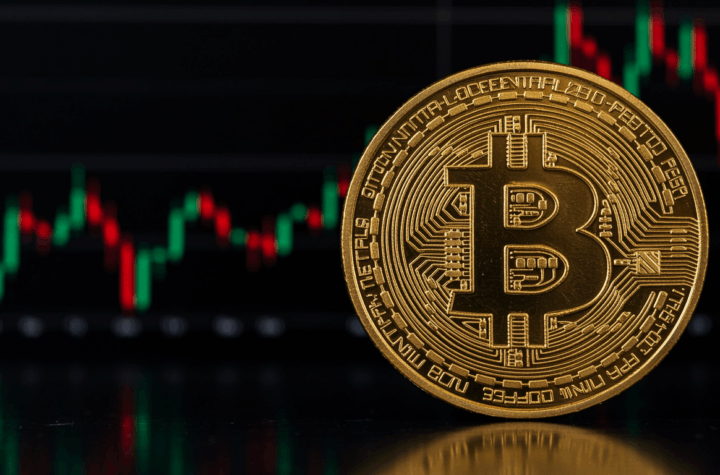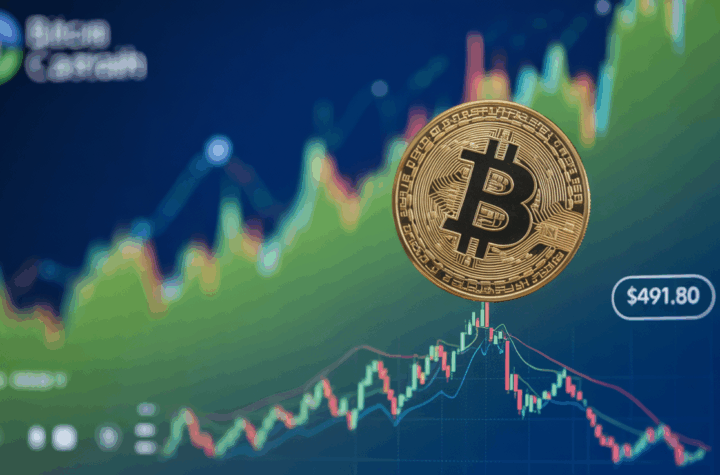
Powell Faces Rising Pressure as Trump and Allies Call for Fed Shake-Up
Federal Reserve Chair Jerome Powell is under growing fire, as critics ranging from President Donald Trump to top lawmakers and regulators mount a campaign that could threaten his tenure, despite his term running through May 2026.
The widening backlash centers on Powell’s cautious approach to interest rates and accusations of political bias and misleading testimony before Congress. The mounting tension is drawing close attention from crypto markets and Wall Street, where investors are gauging how any change at the Fed’s helm might impact monetary policy and risk assets.
Trump renews his feud with Powell
Trump, who originally appointed Powell in 2017, has reignited hostilities reminiscent of his first term, when he frequently slammed Powell for raising rates and publicly mulled firing him in 2019.
Since retaking the White House in November 2024, Trump has escalated his attacks. In late June, he called Powell a “stubborn mule,” blaming him for costing the U.S. “hundreds of billions” due to high rates, currently stuck between 4.25% and 4.5%.
On June 30, White House Press Secretary Karoline Leavitt released a photo of a note from Trump demanding immediate rate cuts and citing lower rates in countries like China and Japan as a model.
On July 3, Trump took to Truth Social to call for Powell’s resignation, linking him to alleged misconduct tied to a $2.5 billion renovation of the Fed’s headquarters—a project approved before Powell took office in 2018.
While Trump has at times denied plans to fire Powell, he’s floated potential replacements such as Kevin Warsh and Christopher Waller, fueling speculation he’s preparing to reshape the Fed if Powell won’t step down voluntarily.
Trump’s renewed offensive mirrors his first term, when he labeled Powell a greater “enemy” than China’s Xi Jinping. After his 2024 victory, advisers like Kevin Hassett reportedly revisited legal strategies to remove Powell. Powell, for his part, has refused to resign.
Housing market voices join the criticism
Adding fuel to the fire, FHFA Director Bill Pulte has been openly critical of Powell’s high-rate stance, warning it could destabilize the housing market.
On July 2, Pulte demanded a congressional investigation, accusing Powell of misleading lawmakers about the Fed’s renovation, including allegations about luxury VIP dining rooms. Backed by Senator Cynthia Lummis (R-Wyo.), Pulte also faulted Powell for exacerbating housing affordability challenges as mortgage rates remain between 6.6% and 7%. Powell has dismissed claims about lavish spending as inaccurate.
Republicans pile on
Several Republicans in Congress have joined the chorus.
Sen. Rick Scott (R-Fla.) accused Powell of running an “unaccountable Fed” that lost more than $2 trillion and overspent on renovations. In June, Scott argued that Powell’s leadership was stifling economic growth.
Sen. Tommy Tuberville (R-Ala.) has repeatedly called for Powell’s removal, reiterating demands as recently as June 24.
On July 2, House Judiciary Chairman Jim Jordan (R-Ohio) told Bloomberg he’s open to investigating Powell’s leadership. While Jordan said no official inquiry is underway, he stressed that “everything is on the table” regarding congressional oversight.
Treasury Secretary Scott Bessent has cautioned that forcibly removing Powell could shock financial markets. Still, he supports rate cuts and has hinted at installing new leadership once Powell’s term expires.
Powell holds his ground—for now
Despite the political storm, Powell remains legally insulated. Under the Federal Reserve Act, the Fed chair can only be removed “for cause,” which requires clear proof of misconduct—a protection reinforced by a recent Supreme Court ruling.
Powell has largely dismissed political pressure, calling it “noise,” and insists the Fed will follow economic data in setting rates.
Currently, rates stand at 4.25%–4.5% as the central bank seeks to balance controlling inflation with preserving economic momentum. Powell has warned that Trump’s proposed tariffs could drive inflation to 3% in 2025, complicating efforts to hit the Fed’s 2% target.
At a press conference on June 18, Powell defended holding rates steady, citing ongoing uncertainty from potential tariff-driven price spikes. While he highlighted the economy’s resilience—with unemployment at 4.2% and private domestic growth at 2.5%—he cautioned that inflation could persist.
Powell has consistently emphasized keeping long-term inflation expectations anchored at 2%. When pressed about political attacks, he said his focus remains on delivering a “good, solid American economy.”
For now, there’s no concrete evidence to justify Powell’s removal. However, ongoing talk of a potential “shadow chair” could undermine his authority and leave him effectively sidelined.
A precarious future
The convergence of Trump’s criticism, housing market concerns, congressional scrutiny, and possible successors being discussed within the administration has left Powell in a precarious position. Legal protections might keep him in the job, but his influence could be weakened if political pressure continues to mount.
While Powell’s departure is far from certain, the possibility of new leadership at the Fed is clearly on the table—and markets will be watching every development closely.






More Stories
“Dogecoin steadies near $0.16 support amid profit‑taking that caps upside momentum.”
RLUSD Pilot Boosts XRP 5%, Technical Momentum Points to $2.50
How Aggressively Are BTC Traders Hedging After Recent Dip Under $100K?